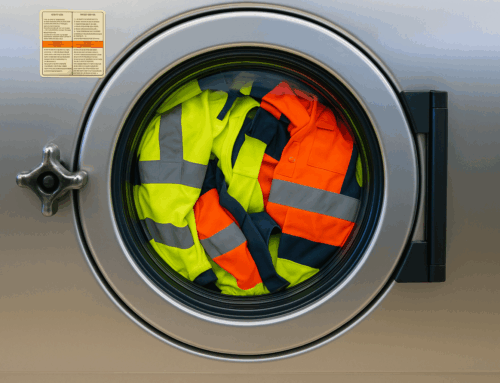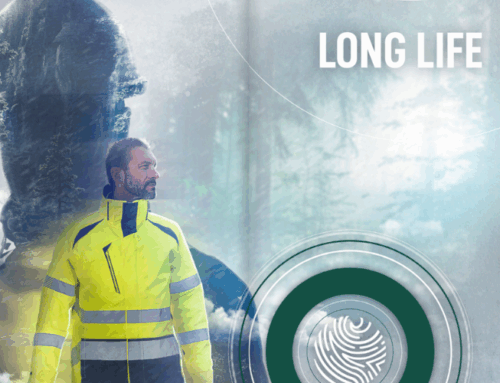Which regulations govern high-visibility clothing in the workplace?
High-visibility clothing is an essential element in numerous professional sectors where there is a risk of being run over, collision, or accidents under low visibility conditions. For these garments to fulfill their protective function, they must comply with specific regulations that govern their design, materials, and level of visibility.
In the European context, the applicable legislation is defined by Regulation (EU) 2016/425 on Personal Protective Equipment, which classifies high-visibility clothing as a Category II PPE. This regulation requires that all garments marketed in the European Union comply with the technical requirements established in the corresponding harmonized standards.
Table of contents
In Spain, this requirement is reinforced through Royal Decree 773/1997, updated by RD 1076/2021, which establishes the minimum safety provisions for the use of PPE at work. This legal framework imposes on the employer the obligation to provide suitable clothing according to the identified risks.
In this context, the key technical standard that regulates the visibility, design, and classification requirements of these garments is UNE-EN ISO 20471:2013+A1:2016. This standard defines the benchmarks that all professional high-visibility clothing must meet and is the main reference in today’s workplace.
EN ISO 20471: The Key Standard for High-Visibility Clothing
The UNE-EN ISO 20471:2013+A1:2016 standard sets the requirements that high-visibility garments intended for professional use must meet. Its main objective is to ensure that the user is clearly visible in daylight conditions and under vehicle headlights in the dark.
This standard defines the permitted colors for fluorescent fabrics —yellow, orange, and red— which must meet strict luminance parameters and resistance to fading. It also establishes the requirements for retroreflective material, responsible for reflecting light back to its source, ensuring nighttime visibility. The reflective bands must maintain their effectiveness even after multiple washes, flexes, and exposure to weather.

One of the key points of the standard is the classification of garments into three classes, based on the minimum visible surface area of fluorescent and retroreflective materials:
Basic level of protection. Requires reduced visible surfaces. It is only recommended in low-risk environments or as a complement to other garments.
Intermediate protection. Includes vests and sleeveless garments used in moderate-risk jobs, such as urban maintenance or logistics services.
Highest level of protection. Requires full coverage of the torso and limbs, with integrated reflective bands. It is mandatory for high-risk activities, such as work on highways or areas with heavy traffic.
Compliance with this standard is essential to ensure worker protection and to meet the employer’s legal obligations regarding risk prevention.
Other relevant standards: UNE-EN 17353 and EN ISO 13688
Although the EN ISO 20471 standard is the main reference for high-visibility clothing in high-risk work environments, there are other complementary standards that may apply depending on the type of activity or the worker’s level of exposure.

The UNE-EN 17353:2020 establishes the requirements for garments with enhanced visibility in medium-risk situations, where the use of clothing according to EN ISO 20471 is not justified. This standard applies, for example, to recreational, sports, or professional activities that do not involve direct exposure to traffic but where visibility remains important. It classifies garments into three types:
Meanwhile, the EN ISO 13688:2013+A1:2021 sets the general requirements applicable to all protective garments, including high-visibility clothing. This standard regulates aspects such as ergonomics, sizing, comfort, material safety, mechanical resistance, and care instructions.
These standards do not compete with each other but are applied according to the context. While EN ISO 20471 is required in work environments with a high risk of being run over or collision, EN 17353 is suitable for work in private areas, enclosed spaces, or low-traffic zones. The EN ISO 13688 serves as a base to ensure the overall quality of the garment, regardless of its specific function.
How to identify a garment that complies with high-visibility regulations?
To ensure thata high-visibility garment complies with current regulations, it is essential to check its labeling and the accompanying technical documentation. Every garment certified as PPE must visibly include the following elements:

Additionally, the manufacturer must provide an informational leaflet with clear instructions for use, cleaning, and storage, as well as warnings about factors that may reduce the effectiveness of the materials, such as excessive exposure to sunlight, aggressive chemicals, or prolonged use outside the recommended conditions.
Purchasing high-visibility clothing in compliance with the regulations not only guarantees the safety of the worker but also protects the company from potential legal liabilities for non-compliance with occupational risk prevention legislation, including Regulation (EU) 2016/425 on Personal Protective Equipment and standards like UNE-EN ISO 20471:2013+A1:2016.
Certified High-Visibility Garments Available at T2S Ibérica

At T2S Ibérica, we offer a wide range of high-visibility garments designed to meet the most stringent regulatory requirements. All our professional workwear is certified according to the UNE-EN ISO 20471 standard, ensuring an appropriate level of protection based on the work environment.
Our catalog ranges from vests and t-shirts to parkas, raincoats, sweatshirts and high-visibility trousers, available in different protection classes (1, 2, and 3) and with options tailored to specific weather conditions. The garments are made with high-performance fluorescent and retroreflective materials, and their technical sheets detail the standards they meet, visible surface areas, and the guaranteed number of washes.
Additionally, some of our collections incorporate GRS-certified recycled fabrics, offering a solution that combines workplace safety with sustainability.
Choosing certified clothing from T2S Ibérica is an effective way to ensure regulatory compliance and protect personnel in all types of hazardous situations.
Expert advice on regulations and high-visibility clothing
Selecting the right garment according to the type of risk, work environment, and applicable regulations is not always easy. At T2S Ibérica we offer a specialized technical advisory service to help you meet legal requirements and ensure maximum safety for your team.
Our sales team is ready to guide you in choosing high-visibility clothing that meets the appropriate class and current standards. We work with companies across all sectors and supply certified, durable and tailored garments to meet every need.
You can contact us with no obligation by calling 93 848 05 68, sending an email to info@t2siberica.com, or through our online form. We’ll help you make the best decision for your company and your staff.
Contact us





